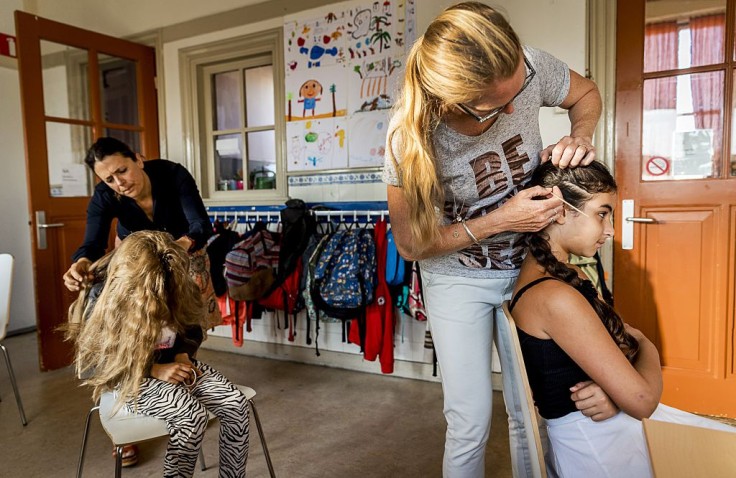
School-aged children spending the day together in close quarters are highly susceptible to contracting head lice from each other. These tiny menaces can spread so fast that parents must help their children take active measures for treatment and prevention.
Catherine Collins of the Coastal Lice Center said some children wouldn't even itch if they had head lice. Thus, it's common for parents to miss the signs of an infestation. Eileen Hutchinson, the founder of NitNot anti-head lice treatment, said that families must take this situation seriously before it becomes dangerous, especially when head lice may keep reoccurring.
According to the U.S. Centers for Disease Control and Prevention, about six to 12 million children are affected by head lice infestation each year. More girls than boys are also prone to having lice because of head-to-head contact.
Below are some of the experts' best treatments and preventions for head lice:
1. Invest in head lice comb.
Speaking with WJBF, Collins suggested that families should invest in a good lice comb, especially if they have school-aged children. They need to use this once a week to stay on top of the situation.
Hutchinson said the comb is best used on wet hair, combing one section at a time. The comb should be wiped with a tissue every stroke and then sterilized after use. Seal this in a plastic bag for at least three days before using it again.
Every family member must use their own brush or comb. The kids should also not share theirs at school to avoid getting or spreading the parasites.
2. Keep the children's hair neatly tied.
The experts also recommend that girls with long hair tie it up in a bun, braid, or ponytail as long hair may catch lice easily. Contrary to perception, head lice do not jump or fly from one head to the next as they do not have wings and their legs stick out to the sides, per The Sun. The fact that school-aged kids like to be in close contact with each other when playing or just even talking may make it easier to catch the lice.
A head lice outbreak is also not a result of poor hygiene, as children with cleaner hair may still get lice because of their interaction with their classmates. On the contrary, head lice have a harder time thriving in unwashed greasy hair, but they can still survive in this condition.
3. Use peppermint or tea tree oil sprays.
Hair sprays and shampoos with peppermint or tea tree oil in the ingredients could prevent head lice because these parasites do not like the smell. Use these oils in moderation, as these may contain compounds that can irritate the scalp or cause an allergic reaction for some children.
4. Use pediculicide, an over-the-counter or prescription medication.
Pediculicides will kill the eggs to stop the infestation. Using this lice medicine without shampooing or conditioning a few days before and after the treatment will be more effective.
Dead lice should be present within 12 hours of the application but if there are still some on the child's head, refer to the doctor or pharmacist for repeated use of the pediculicide. Some medications may require retreatment after a week.
Never use an extra amount of lice medicine and keep this out of the eyes of the child. Don't combine pediculicides as well since this could have detrimental effects on the scalp or hair.
Related Article: Arizona Girl Dies of Severe Lice Infestation; Child Abuse Charges for Mom and Grandmother Upped to Murder